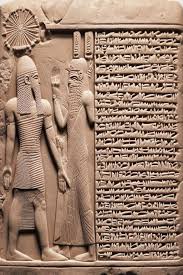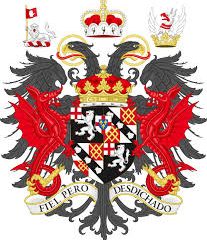Understanding Mesopotamia: The Cradle of Civilisation

Introduction
Mesopotamia, often referred to as the “Cradle of Civilisation,” holds a prominent place in human history as one of the earliest centres of human culture, agriculture, and urbanisation. Situated between the Tigris and Euphrates rivers, it spans modern-day Iraq, Syria, and parts of Turkey and Iran. The importance of Mesopotamia is not only rooted in its historical contributions but also in its ongoing influence on contemporary society, affecting fields such as writing, governance, and mathematics.
The Birth of Civilisation
Archaeological evidence suggests that the region was home to some of the earliest known communities, dating back to around 3500 BCE. The Sumerians, who inhabited southern Mesopotamia, are credited with numerous groundbreaking inventions, including cuneiform writing, one of the world’s first writing systems. This innovation marked a significant advancement in communication, record-keeping, and administration, paving the way for complex societies.
Key Civilisations and Contributions
Mesopotamia was not a singular entity but a mosaic of cultures and civilisations. Following the Sumerians, the Akkadians, Babylonians, and Assyrians rose to prominence, each contributing to the cultural and technological advancements of the era. The Babylonians, for instance, are renowned for their Code of Hammurabi, one of the earliest known sets of laws, which established legal standards that influenced many legal codes in subsequent civilisations. Meanwhile, the Assyrians were known for their military prowess and monumental architecture, exemplified by the magnificent city of Nineveh.
Technological Innovations
The ingenuity of Mesopotamian societies extended to numerous technological innovations which laid the foundation for future advancements. They developed irrigation systems that transformed arid landscapes into fertile farmland, thereby revolutionising agriculture. Furthermore, they made significant contributions to mathematics and astronomy, evidenced by their sexagesimal (base-60) number system, still used today for measuring time and angles.
Conclusion
The legacy of Mesopotamia endures in various aspects of modern life, from legal systems and governance to architectural styles and agricultural practices. As scholars continue to unearth ancient texts and artifacts, our understanding of this influential region expands. It serves as a reminder of human ingenuity and adaptability, illustrating how ancient societies shaped the course of history. For contemporary readers, appreciating Mesopotamia’s contributions can enhance our understanding of both our past and present, highlighting the interconnectedness of human achievement over millennia.









